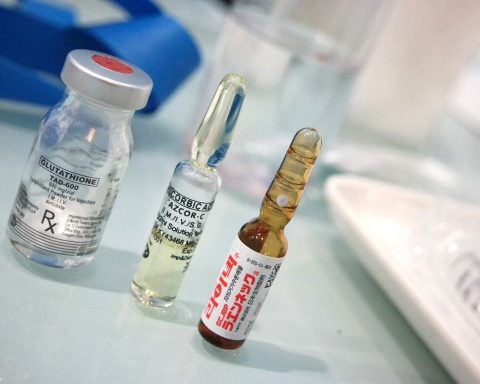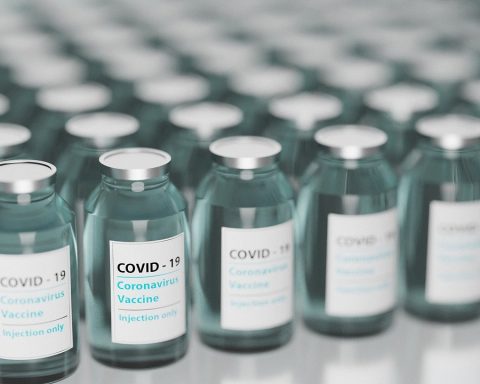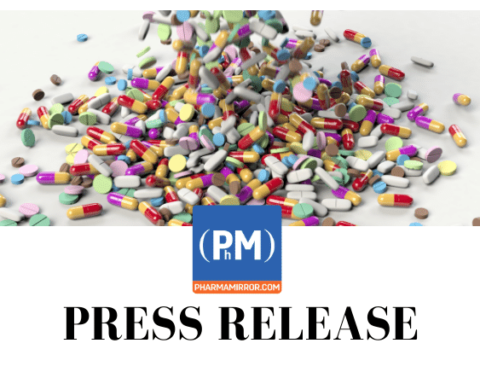Challenging the Status Quo in Drug Delivery Formats
“The FDA’s regulation requiring packaging dispensed in hospitals and nursing homes to be in unit-dose formats, with bar codes for every prescription has advanced the use of blisters,” Taylor says.
[wp_ad_camp_4]As packagers navigate the materials available for blisters and bottles, they’re also seeking to assure product stability in different climates. Converters offer advanced film and foil structures for bags and pouches as well as film polymers and coated films that approach foil in barrier properties. Rigid tray systems using new formable polymers support packaging of medical devices as manufacturers look to ensure strict quality and control while driving down costs in sterile barrier packaging systems.
Newer drug delivery formats often require advanced protective packaging. The transdermal patch segment is rapidly growing in popularity, because the format provides a convenient, non-invasive alternative to injected and oral drugs with the benefit of controlled drug delivery.
Fast-dissolving oral film strips, which support convenient and accurate dosing, require high-barrier and chemically resistant packaging. Offered initially as a patient-friendly dosing solution for over-the-counter drugs, strip technology is now being developed to promote patient adherence with dosing regimens for higher-dose prescription drugs where compliance is critical.
Prefilled syringes have gained momentum as a format that supports safer and easier self-administration. Manufacturers can assemble the prefilled syringe in a disposable auto injector device, and as they do, the prefilled syringe becomes, effectively, the primary container, replacing the traditional syringe and vial. Therefore, manufacturers must select syringe components that ensure shelf-life compatibility with the drugs, which are often extremely sensitive to packaging surfaces. Offered as a less-fragile and lower-weight alternative to glass, plastic syringes also present material options that reduce the chance for interactions between the drug and container.
Seeking Barex Alternatives
Barex (acrylonitrile-methyl acrylate copolymer) is favored in flexible film and bottle packaging as a tough, stiff, clear and inert material, presenting a high barrier to gasses as well as strong chemical impermeability. Used as the sealant, product contact layer in film laminates, the resin limits the ingress of gasses through the pouch and seal area, without leaching and with low absorption of the medication. However, manufacturer INEOS Barex AG announced plans to close its sole Barex resin production facility this year and packagers are evaluating alternatives for protecting sensitive drugs and drug delivery systems.
Bemis Healthcare Packaging (BHP) (Booth C-5400) will offer alternatives to Barex at PACK EXPO Las Vegas. BHP will feature a family of film structures with alternate sealant layers for pouch packaging requiring high barrier and chemical resistance. Sealed with high bond strength at a lower temperature than Barex, laminates protect drugs from high heat and enhance production efficiency.
“Drug manufacturers can realize cost savings in comparison to Barex with the BHP solutions,” says Georgia Mohr, marketing director, BHP. “Our customers are reporting favorable results in stability trials testing the laminates in transdermal and oral film strip packaging.”
She goes on to explain the supply challenge customers are facing.
“For the pharmaceutical market, Barex is often used for transdermal and oral thin film packaging. We estimate that 50 percent of transdermal patches are packaged in laminations containing Barex. Each drug will need to go through package qualification and stability testing, which can range from six months to two years. With the closing of the INEOS plant, many of our customers will only have Barex available for one to two years. Therefore, it’s very important that we provide the strongest data possible to predict which Bemis sealant film will be the best replacement for Barex,” Mohr says.
[wp_ad_camp_4]One such option is BHP’s patent-pending PerfecPharm P616 (CXB Sealant), specifically designed for the healthcare market and applications such as transdermal patches and biomedical devices. Other pharmaceutical applications use CXB’s chemistry but it is being uniquely used as a blown film in BHP’s laminate structures, Mohr says.
“Finding an alternative to Barex for nicotine patches has presented the greatest challenge. Our scientists at Bemis R&D found that nicotine is a highly volatile small molecule that can permeate through other common sealant alternatives,” she explains.
That means the use of these sealants can result in a loss of nicotine in the transdermal patch over time, compromised film laminate structure, and reduced shelf life.
“We designed PerfecPharm P616 using our proprietary CXB sealant, which performs comparably well with Barex in terms of chemical impermeability, and exceeds its performance in heat sealing ability in a variety of in-house tests,” Mohr says.
BHP works closely with packagers to identify the best solution for each unique drug formulation, applying a methodology that models the drug’s solubility and diffusion characteristics to predict how it will interact with the film sealant layer.
“With our one-to-one solution methodology, we can predict whether a sealant will be comparable to, or better than, Barex. We are actively providing premade pouches and unprinted and printed roll stock for validations. To date, most of the validations are for pouch applications and some also for lidding applications,” Mohr says.
ACG North America (Booth N-650), which positions itself as a single source for consumables and equipment, supplies calendared 250-micron Barex film for trays and injection-molded bottles and is developing alternatives to Barex. It also manufactures a full range of blister materials, hard gel capsules, and blister and cartoning machines. “We have the full responsibility for the film and machine, so we can run the materials to ensure their performance,” says Remco van Weeren, director, business development, films and foils, ACG North America.
Blister materials catering to low-to-high barrier needs include polyvinyl chloride (PVC), polyvinylidene chloride (PVdC) coated PVC in duplex and triplex structures, and an ultra-high barrier PVdC Super B formulation that equals some high barrier Aclar (PCTFE – or polychlorotrifluoroethylene) grades. As a licensed converter for Aclar films outside the U.S. and Europe, the company provides standard Aclar/PVC laminations for mid- to ultra-high barrier, cold form foil and standard 20-to-25 micron foil and paper/foil for lidding.
“A number of firms have marketed product or are in development with laminates ACG designed for unit dose applications using PVC, a barrier layer with dialed-in thickness based on protective needs, and a heat sealable layer for permanent or peelable seals,” van Weeren says.
At Pharma EXPO, ACG will feature a printable, coated paper-based lid stock as a low-cost alternative to foil lidding for drugs with low moisture barrier needs using low-barrier PVC blisters. The overall barrier of the package does not change with the paper replacement, and clients can use the same high-speed machines and heat sealing processes,” he says.
Van Weeren observes that more pharma firms have been changing their stability put-up processes, placing fewer drugs on stability later in the drug development cycle and in higher-barrier materials that will assure success for products closer to launch.
“We are seeing more drugs being put on stability after going into Phase 3 trials, which pushes costs out only to the drugs that make it into later testing … In the short run, this is less costly, because they are putting fewer materials up on stability and there is less chance the package will fail purely due to a stability failure. It is potentially more costly in the long run because you are over-packaging,” van Weeren says. (continue to last page)








